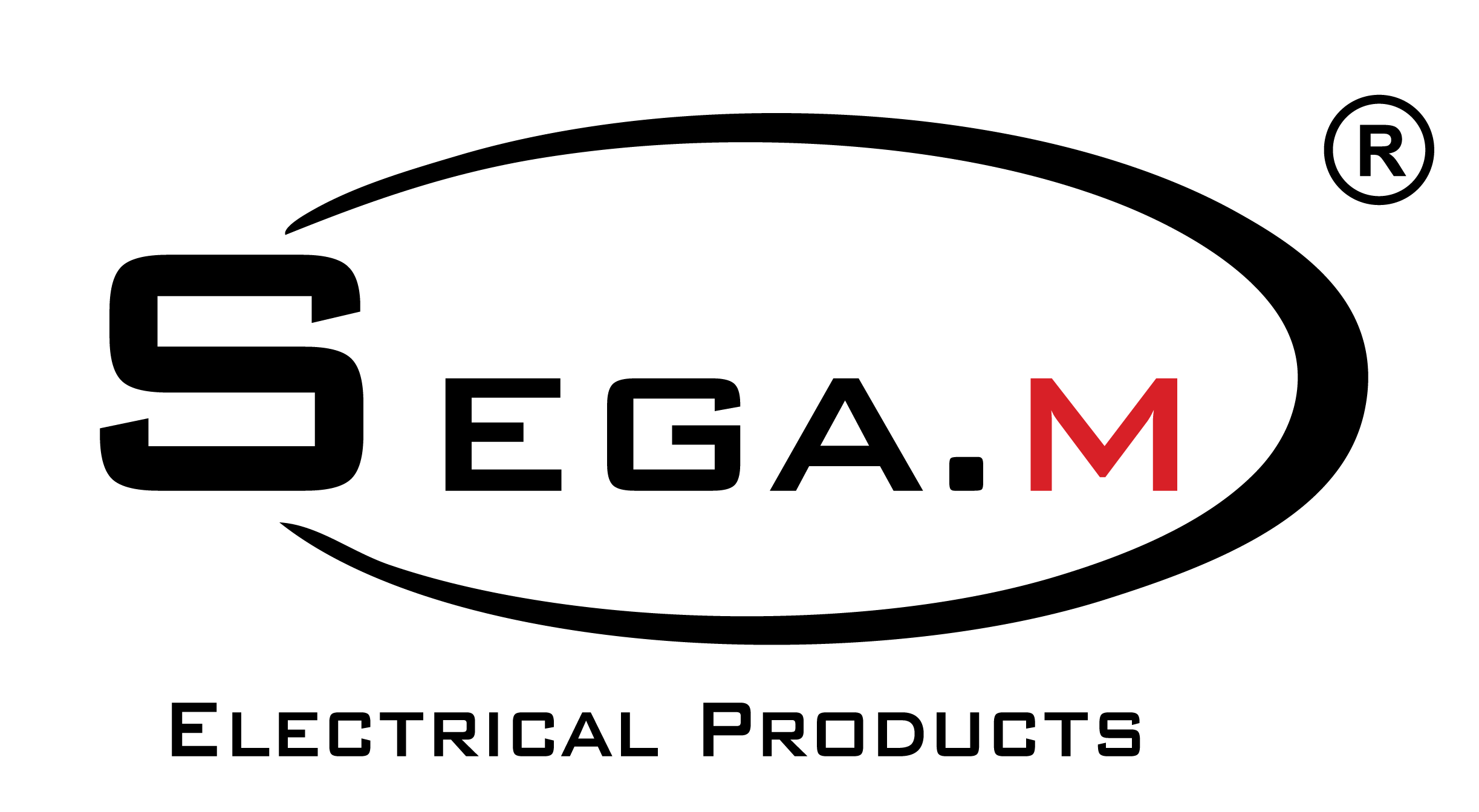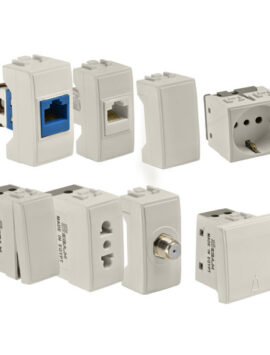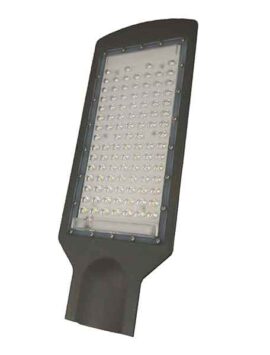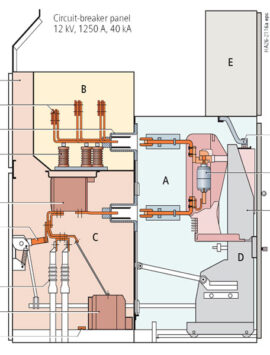Description
System Overview
The interaction of the components described below results in an optimal low-voltage switchboard with advantages as regards:
– Safety – integrated
– Economic efficiency- right from the start
– Flexibility – through modularity
When the system configuration is planned, the following characteristics must be specified:
– Busbar position (top, rear top, rear bottom, or both rear top and rear bottom)
– Single-front or double-front design
– Cable/busbar entry (from the top or bottom)
– Connection in cubicle (front or rear)
These characteristics depend on the type of installation among other things:
• Stand-alone• At the wall (only for single-front design)
• Back to back (only for single-front design)
These determinations allow to specify cubicle design in more detail (Fig. 2/1, Tab. 2/2 and Tab. 2/3). Further infor-mation about the switchboard installation can be found in Chapter 8 “Further planning notes”.
The cubicle dimensions listed in Tab. 2/4 do not factor in the enclosure parts and no outer built-on parts.
For the dimensions of the cubicles’ enclosure parts, please refer to Fig. 2/2. For degrees of protection IPX1 and IPX3, additional ventilation roof panels are mounted on the cubicle.
The dimensions of the enclosure parts are within the required minimum clearances for erecting the switchboard. Doors can be fitted so that they close in escape direction.
The door stop can easily be changed later. The door hinges allow for a door opening angle of up to 180° in case of single installation of a cubicle and at least 125° when cubicles are lined up. For more details, please refer to Chapter 8 “Further planning notes”. The condition of sur-faces of structural and enclosure parts is described in Tab. 2/5.





